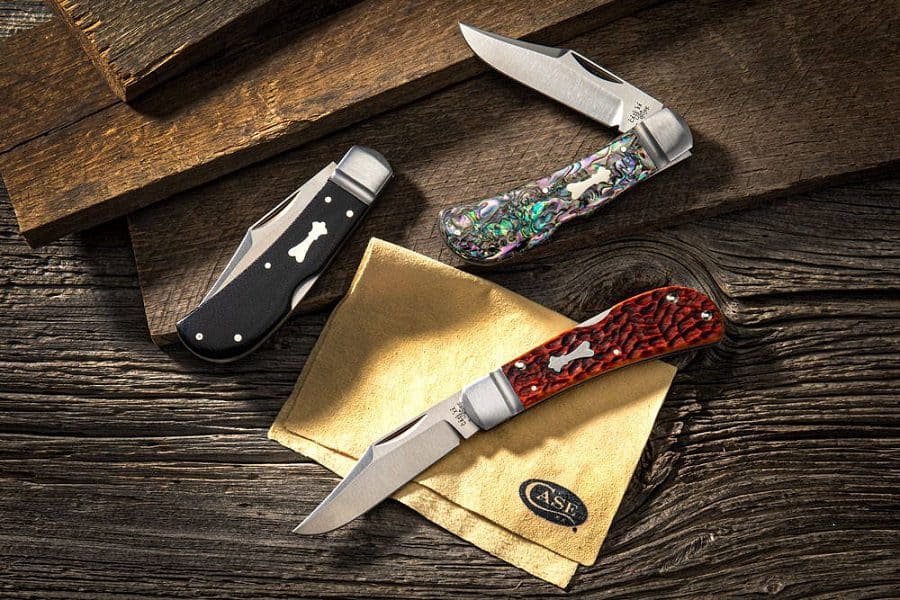Knives are one of those objects that are easily collectible. They are a good size and come in a variety of shapes, sizes, and qualities.
If you are a knife enthusiast, you have most likely heard of Case Knives.
Case Knives are made by a company called the W.R. Case & Sons Cutlery Company. These knives are famous for their exceptional quality and their collectability.
Perhaps you are simply interested in these knives or have come across an old Case knife and are interested in assessing it. If either is the case, this guide will teach you everything you need to know about Case knife identification and value.
We will explain what a Case knife is and what is so special about them. We will also explain how to identify a case knife. Finally, learn how to value the product if you decide to sell an old Case knife.
If you are ready to learn more about Case knives, keep on reading.
What’s Special About Case Knives
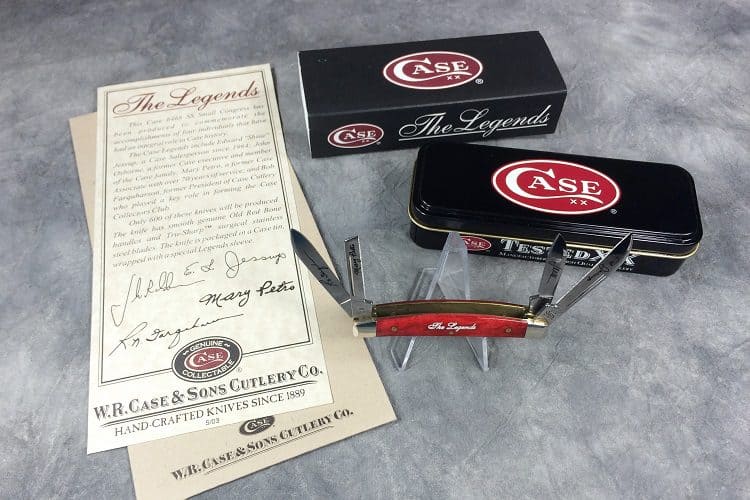
Case knives are a certain type of knife that is made by W.R. Case & Sons Cutlery Company.
This company has been around since the late 19th century and produces several different products, including fixed blades, pocket knives and kitchen knives.
Knife collectors and experts alike are continuously impressed by these knives and continue to add them to their collections. So what’s so special about case knives?
Let’s take a look at a few reasons.
Exceptional Quality
The main reason why Case Knives are so special is that they are of exceptional quality. A lot of care goes into crafting each knife that comes out of the factory.
There are a few different materials they use for the handles, including precious stones, mother-of-pearl, bone and buffalo horn.
When it comes to the blade, the company uses stainless steel, Chrome Vanadium, 154CM, ATS-34 and BG-42 metals. The materials are unique since the company created a special recipe for the stainless steel and Chrome Vanadium metals.
Most blades have exceptional edge retention and are easy to sharpen.
Long-Lasting
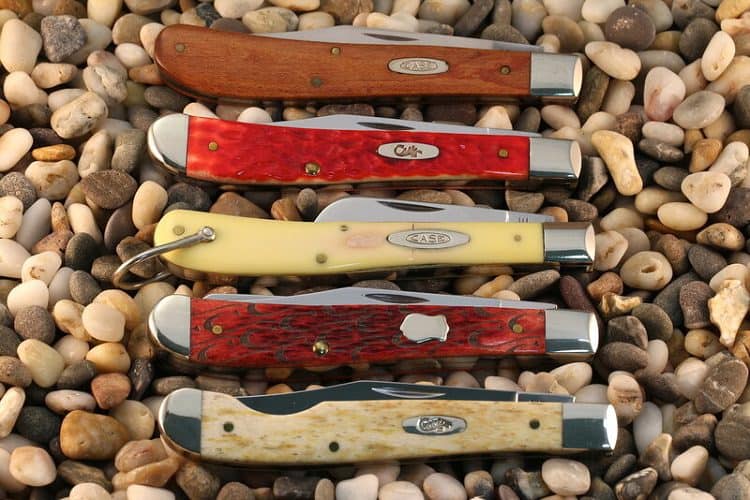
The main goal of this American company is to produce knives that can be passed down from generation to generation.
Each knife can withstand the test of time. Many outdoorsmen will use a single Case Knife for decades. Even after years of use, the knife is fully functional. It is normal for parents or grandparents to pass these knives down to their kids and grandkids.
Made With Care
Each knife goes through over 150 steps before it is complete. The manufacturing process is extensive and detail-orientated.
Furthermore, over 100 W.R. Case & Sons Cutlery Company employees handle the knife and work on it before it is done. Since so many employees oversee each knife, mistakes in production are rare. The manufacturing process is highly controlled and regulated.
Unlike other knife companies, machines do not complete the majority of the work. Real hands work with each knife to ensure a quality product.
Each Knife Is Stamped With a Special Marking
You are most likely here to learn about case knife identification and value since these tools are collectable items. Case knives are most famous for their collectability.
The feature that makes these knives special is that the company stamps each blade with a unique marking. This marking allows people to know the production date of the knife and help authenticate it.
This marking is why so many people collect these knives. There are over 20,000 members that belong to the companies collectors association.
Identifying Case Knife
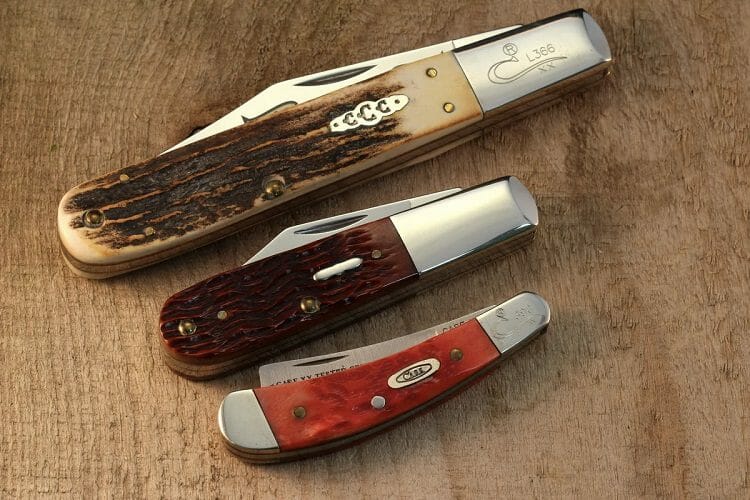
Now that we know why case knives are special let’s learn more about case knife identification and value.
Identifying a case knife is not the easiest process, especially for a beginner. Let’s look at how to identify the knife by a few different features, including the handle, number of blades, the factory pattern and date.
Where To Find the Identification Number
The first thing you should know is how to find the information you need for identification purposes. Each Case knife will come with a number; this number is what you need to identify the knife.
You can find this identification number on one of the blades of a case knife. Every Case knife will have a number stamped on a blade.
First Number: Handle Material
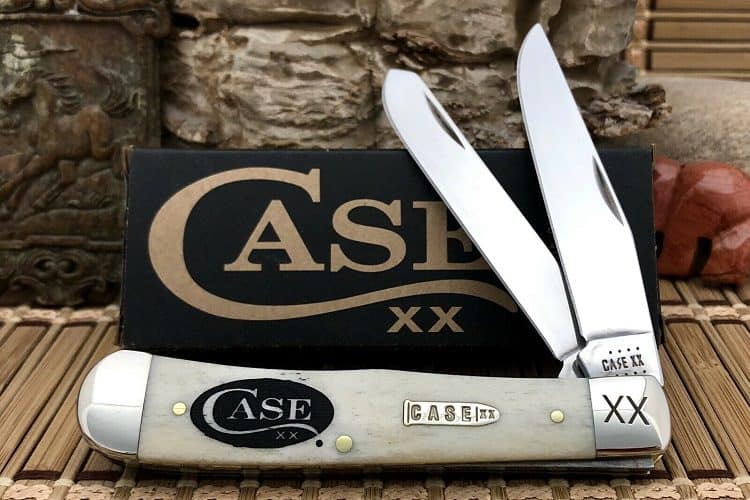
You can identify the handle material by referring to the first number or letter of your knife’s identification number. There are fifteen different handle materials. Look below to find out what number/letters represent each material.
- Solid hardwood: 1
- Thermoplastic rubber or smooth black synthetic: 2
- Smooth yellow synthetic: 3
- Smooth synthetic: 4
- Genuine stag: 5
- Smooth or jigged bone, jigged synthetic or jigged laminated hardwood: 6
- Bone Stag: 6.5
- Laminated hardwood or wood: P or 7
- Paua, Abalone or Mother-of-Pearl: 8
- Corelon or faux mother-of-pearl: 9
- G-10, Kirinite or Micarta: 10
- Faux ivory, genuine ivory or mammoth ivory: I
- Exotic material: EX
- Aluminium or stainless steel: M
- Buffalo horn: BH
Second Number: Blades
The next thing you need to learn about is the middle number. The second number beside the handle number refers to the number of blades that the knife has.
You will typically find that Case pocket knives have two to four blades, but it will depend on the type of knife.
Third Number: Factory Pattern
The last set of numbers you will find on your case knife is the factory pattern.
This number will be the last set of numbers on your blade. Many case knives will have a factory pattern consisting of only two digits, but newer models will have three-digit factory patterns. This number refers to the type of blade you have.
Identifying Authenticity
There is also a way to identify an authentic Case knife.
On collectable knives that are both manufactured and sold by W.R. Case & Sons Cutlery Company, you will find some sort of serialisation signature. A signature you may come across is the Long Tail C signature, as pictured below.
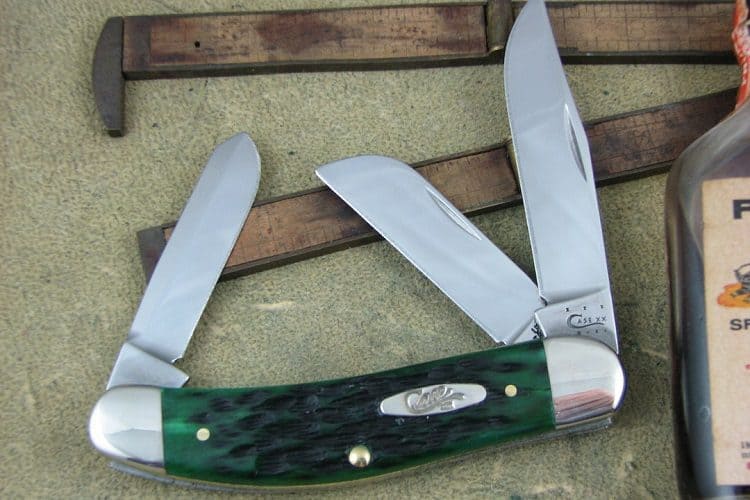
You can also find a bronze-coloured logo on knives that the Case company authorises to be a collectable item.
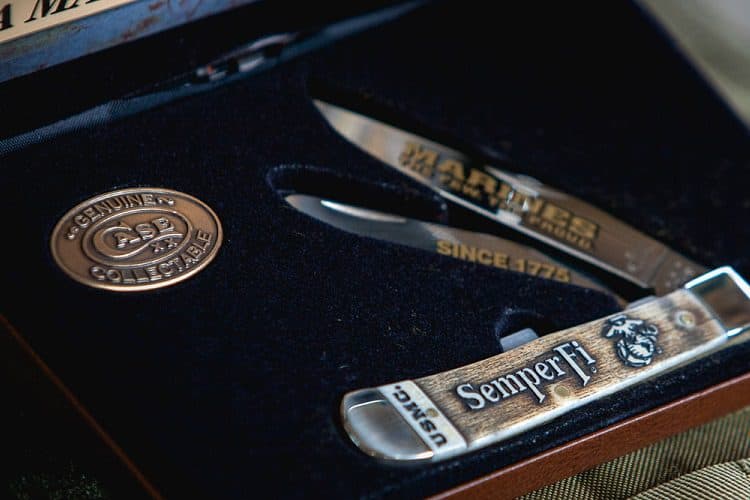
Identifying the Year
You can find out the year of your product by looking at the silver metal trademark on the handle. Each decade has a different dating system which we will list below.
- 1970s: The font for this period was a sans serif. You will find a series of dots on the knife tag beneath the word “U.S.A.” In 1970, each knife had ten dots. The company removed one dot every year.
- 1980s: These knives had the same dating system as the 70s, except the letter “S” resembled a lightning strike.
- 1990-1993: The company engraved the actual date on each knife during this period.
- 1993-1999: The company used the dot dating system again. Their logo in this period included the long tail C signature.
- 2000s: Five X’s and dots were added to the knife tag in 2000. Each year, one dot was removed from 2000-2005, while an X was removed from 2006-2009.
- 2010s: These products had the same dating system as the 2000s.
How To Value My Knife
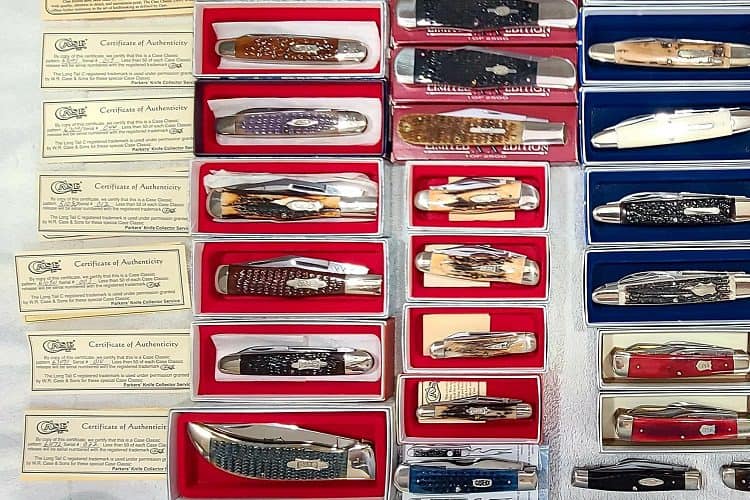
The next thing you need to learn about case knife identification and value is the value aspect. How do you value your knife?
Giving your knife a specific value can be a bit tricky. However, there are a few ways to do it.
First of all, you need to identify your knife. Look at the identification numbers and determine what the handle material is and when the company produced that specific knife. The knife’s date is one of the most important factors that will help you value your knife.
You should also refer to the factory pattern number. You may need to contact the company to find out what exact blade the number represents. If you don’t want to take the time out to contact the company, there are many reference charts online that you can find for Case knife factory patterns.
Once you have all of this information, you can contact a Case knife collector or expert and ask how much your specific model is worth.
Here are a few valuable models:
- Case XX Yellowhorse
- Tony Bose Case knives
- Case Copperlock Automatic Red Stag
- Case NASCAR
- Case Copperlock knives
Conclusion
Case knives are often referred to as the true American knife. Most outdoorsmen know them for their high quality, long life and unique special marking.
Case knife identification and value can be a bit confusing as a beginner. However, there are only a few features that you need to check to identify and value the knife correctly.
Each knife will come with a set of numbers on one of the blades. These numbers will refer to the handle material, number of blades and factory pattern.
You can also find out if the knife is authentic by checking for the special marking that notes the date of the knife. Another feature that may be on your knife is a bronze-coloured logo that says that the product is a genuine Case knife collectable.
Sources:

